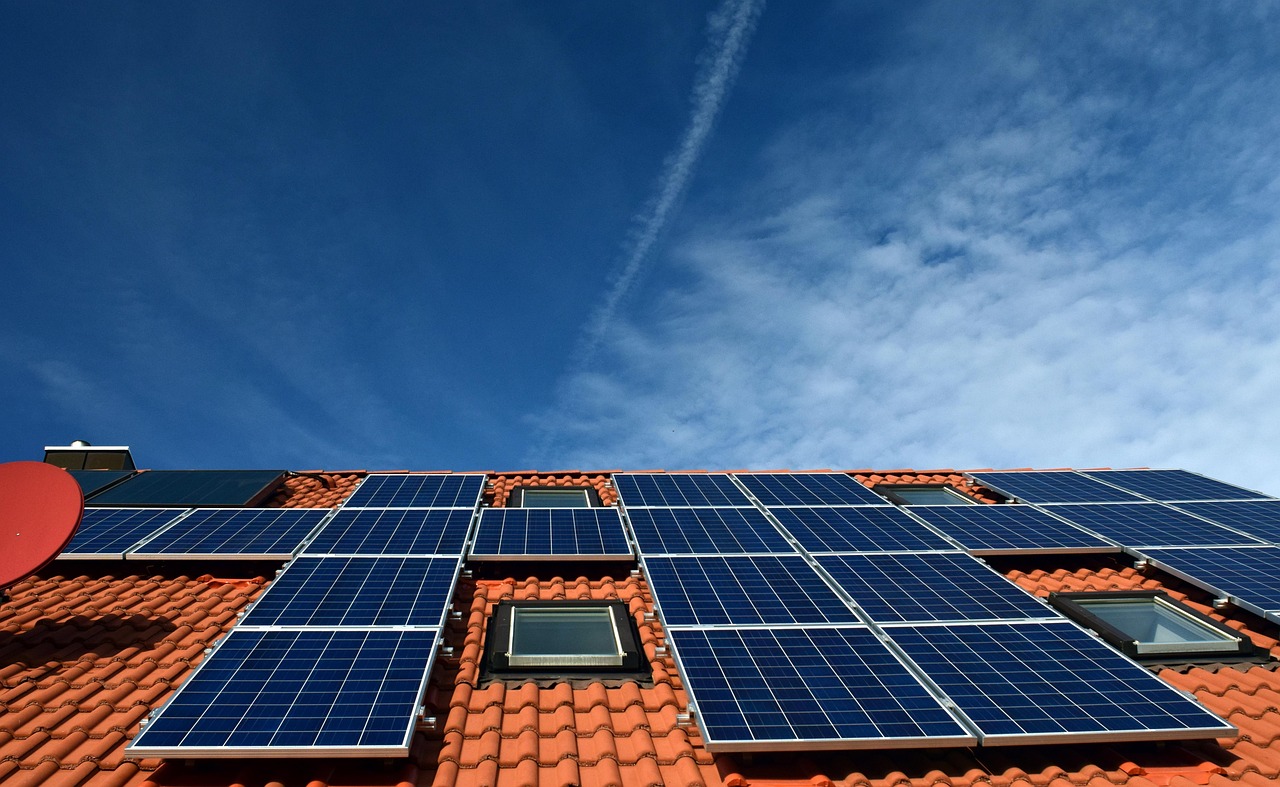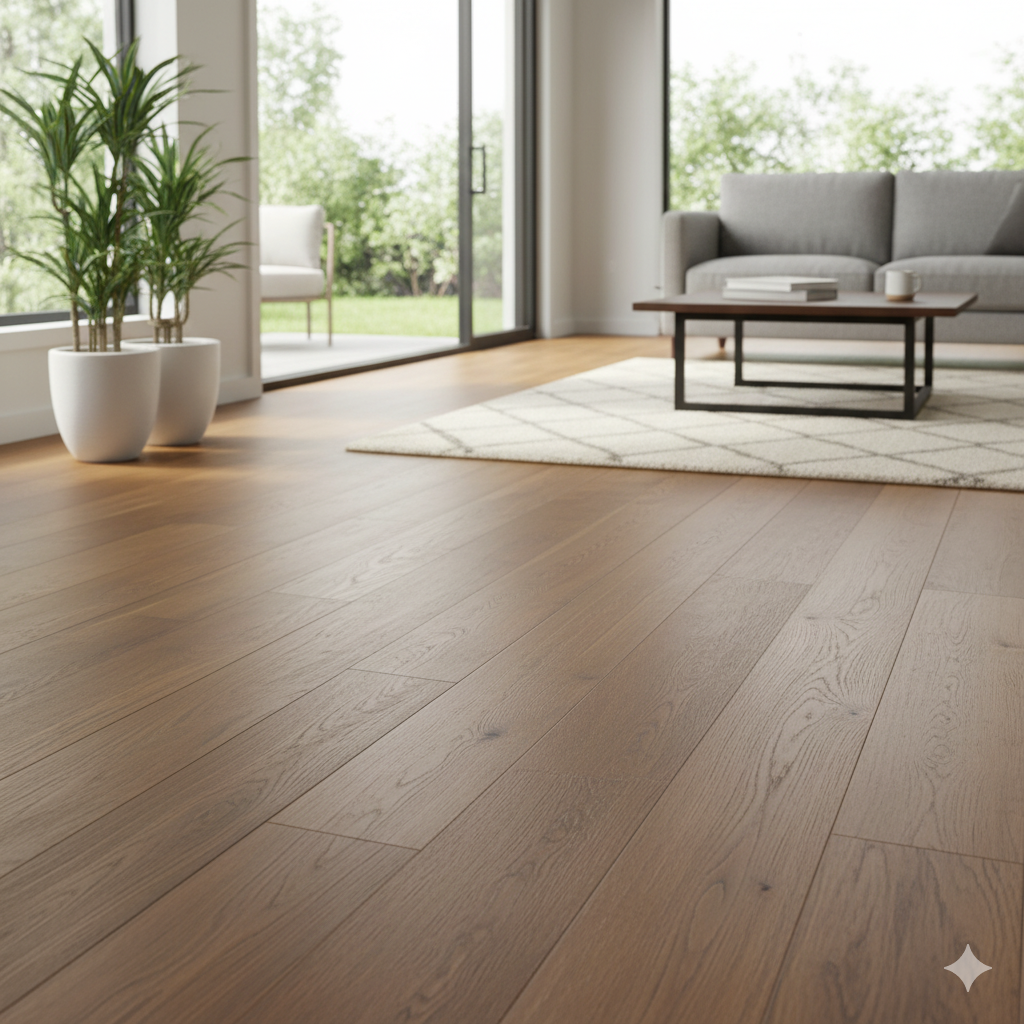Building integrated photovoltaics BIPV are solar power systems that are seamlessly built into the structure of a building, such as roofs, façades, or windows. These systems serve a dual purpose by generating electricity while also functioning as integral building components, replacing traditional materials like cladding or roofing. This integration allows buildings to produce renewable energy without the need for separate solar panel installations.
Unlike traditional solar panels that are mounted on top of existing structures, BIPV products are designed to be part of the building itself, providing structural support and protection from environmental elements. This feature can reduce overall material costs and add benefits like thermal insulation, noise reduction, and weather protection.
As the demand for sustainable energy solutions grows, BIPV offers a practical way to enhance a building’s energy efficiency while maintaining architectural aesthetics. It represents a forward-thinking approach to combining energy generation with building design, making it an important innovation in the green building industry.
Overview of Building Integrated Photovoltaics (BIPV)
Building Integrated Photovoltaics (BIPV) combine solar power generation with structural components of a building, serving both functional and energy-producing roles. This integration replaces traditional materials with photovoltaic elements that contribute to electricity production while maintaining building integrity and aesthetics.
BIPV systems vary by their installation method and component type. Their design considerations include energy output, material compatibility, and architectural integration. Benefits extend beyond energy generation, encompassing insulation, noise reduction, and protection from weather.
How BIPV Works
BIPV systems integrate solar cells directly into elements such as roofs, façades, windows, or shading devices. Unlike traditional solar panels mounted externally, they form part of the building envelope itself.
Photovoltaic modules convert sunlight into electricity through semiconductor materials. In BIPV, these modules replace conventional materials like glass or roofing membranes, generating power without additional structural components.
Electrical connections link BIPV panels to the building’s power system, providing renewable electricity on-site. This seamless integration can reduce the need for separate mounting hardware, lowering weight and mechanical stress on the building.
Types of BIPV Systems
BIPV systems can be categorized by their placement and function within the building envelope. Common types include:
- Façade-integrated PV: Panels serve as part of the outer wall, acting as cladding or shading elements.
- Roof-integrated PV: Panels replace traditional roofing materials like tiles or shingles.
- Window-integrated PV: Semi-transparent solar cells are embedded into glazing, allowing light transmission while producing energy.
- Shading devices: PV elements incorporated into awnings or sunshades provide protection and energy generation.
Each type balances architectural needs with energy output and may employ technologies like bifacial or semi-transparent cells.
Key Benefits of BIPV
BIPV systems deliver multiple advantages:
- Space efficiency: They replace traditional building components, eliminating the need for additional mounting space.
- Energy generation: Produce renewable electricity reducing grid dependence and energy costs.
- Building performance: Provide thermal insulation, noise reduction, and weather protection alongside power generation.
- Aesthetic integration: BIPV panels can be customized to match architectural designs, preserving or enhancing building appearance.
These benefits contribute to sustainable building practices by integrating energy solutions within the building’s physical structure.
Design Considerations
Effective BIPV design requires balancing energy production with architectural and structural requirements. Key factors include:
- Orientation and tilt: Optimizing panel angle and direction to maximize solar exposure.
- Material compatibility: Ensuring PV modules work with roofing, glazing, or façade materials without compromising durability.
- Building codes and standards: Compliance with local regulations regarding fire safety, wind loads, and electrical systems.
- Aesthetic integration: Matching color, transparency, and texture to maintain design intent.
- Maintenance access: Designing for ease of inspection and cleaning without disrupting building function.
Proper planning ensures that BIPV systems perform efficiently while meeting building performance and design goals.
Applications and Integration Strategies
Building-integrated photovoltaics (BIPV) are applied across various sectors with tailored integration approaches. These include customized systems for homes, large-scale installations in commercial buildings, and urban design that incorporates renewable energy infrastructure at a broader scale.
Residential BIPV Solutions
In residential settings, BIPV often replaces conventional building materials like roof tiles, facades, and windows. This dual-function integration saves space while generating electricity directly from the building envelope. Such systems must balance energy output with aesthetic and architectural considerations to fit diverse home designs.
Common residential BIPV materials include semi-transparent solar glass for windows and photovoltaic roof shingles. These materials offer energy efficiency while maintaining daylight access and exterior appeal. Homeowners benefit from reduced electricity costs and lower carbon footprints.
Installation in residences typically occurs during new construction or major renovations. Retrofit options exist but require careful planning to integrate with existing structures. Advanced digital modeling helps optimize energy yield and system placement on complex roof shapes or facades.
Commercial and Industrial Installations
Commercial buildings leverage BIPV for larger-scale energy generation integrated into roofs, curtain walls, and shading devices. These installations often prioritize maximizing electricity production to offset significant power consumption.
BIPV systems in this sector incorporate high-efficiency solar modules, including bifacial cells that capture sunlight from both sides. Facade-integrated PV panels can also serve as sunshades to reduce cooling loads, providing dual benefits.
Design integration involves coordination with building HVAC and electrical systems. Digital tools facilitate performance simulation, helping companies meet sustainability goals and comply with green building certifications like LEED or BREEAM.
Maintenance access and durability are critical, given the operational demands of commercial buildings. Modular BIPV components allow easier replacements and upgrades without disrupting daily activities.
BIPV in Urban Planning
Urban planners use BIPV as a strategy to decarbonize the built environment extensively. Integration spans residential clusters, office districts, and public infrastructures such as bus stops or noise barriers.
Key approaches include zoning regulations that encourage or mandate BIPV deployment during new constructions and renovations. Urban planning also exploits vertical surfaces on tall buildings for solar harvesting, making use of space constraints in dense areas.
Cities benefit from distributed energy generation, reducing grid load and enhancing resilience. Public-private partnerships support pilot projects where BIPV is combined with smart grids and energy storage to optimize energy use across neighborhoods.
Effective urban BIPV integration requires collaboration between architects, engineers, and policymakers to ensure functional, safe, and aesthetically acceptable installations.



